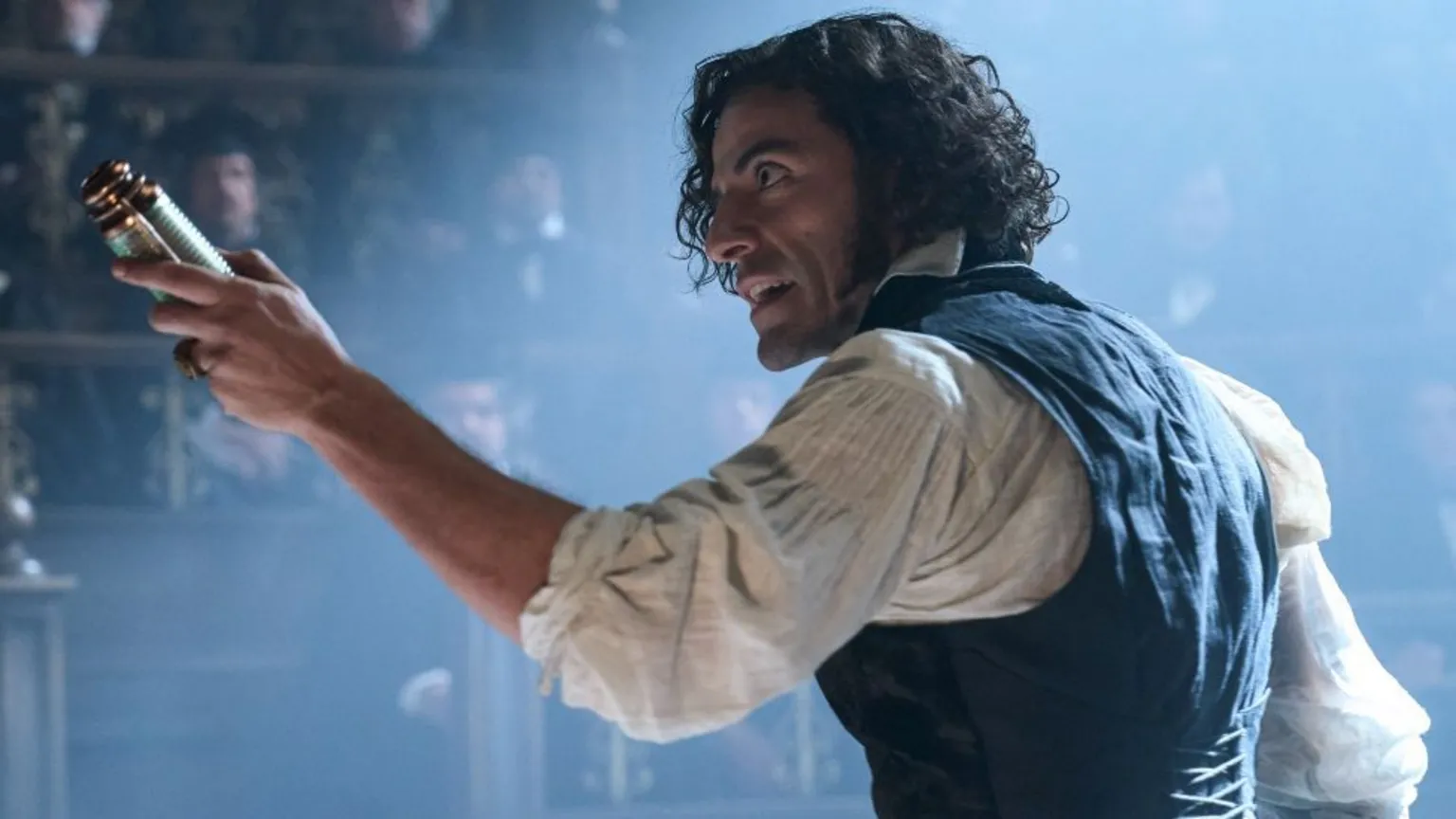The deep connection between Mary Shelley’s seminal 1818 novel, Frankenstein: or, The Modern Prometheus, and Scotland is often overlooked in its countless screen adaptations, yet the nation is woven into the story’s very fabric. Scotland was instrumental not only to the book’s initial conception but also serves as the dramatic backdrop for pivotal sections of the narrative. Now, after two centuries of cinematic omissions, this crucial geography is finally being brought to the screen in Guillermo del Toro’s new film adaptation.
Locations across the nation, including the historic Royal Mile in Edinburgh, the formidable Glasgow Cathedral, and the rugged landscapes of Aberdeenshire, provided the visual and architectural inspiration for the Mexican director’s vision. The filmmakers emphasized that the Scottish sites they utilized late last year profoundly influenced the artistic and structural decisions that shaped their retelling of the complex 200-year-old tale. To fully appreciate Scotland’s enduring place in the lore of Frankenstein, one must trace Shelley’s journey from a formative childhood in Dundee to her imaginative travels with the novel’s tragic protagonist.
Mary Shelley’s Formative Years and Imaginative Landscapes
The genesis of Frankenstein began during the famous “Year Without a Summer” in 1816, at a villa on the shores of Lake Geneva, where 18-year-old Mary Shelley, her husband, the Romantic poet Percy Bysshe Shelley, and Lord Byron famously engaged in a competition to conjure ghost stories, leading to Shelley’s horrific dream that birthed the novel’s idea. However, Shelley’s own words reveal that her creative roots were firmly planted in Scotland years before that pivotal summer. In her 1831 introduction to the novel, she recalled her stays with family friends, noting that her “habitual residence was on the blank and dreary northern shores of the Tay, near Dundee.”
Far from being grim to her youthful imagination, she described the area as the “eyry of freedom,” a pleasant region where she could privately communicate with the “creatures of my fancy.” This experience provided the emotional and atmospheric groundwork for her later Gothic masterpiece. Critically, the final sections of the novel bring the action back to Scotland, though only in Victor’s tormented travels. The obsessive, brilliant scientist journeys through the bustling streets of Edinburgh, the ancient towns of Perth and St Andrews, before seeking the profound solitude necessary for his next terrible creation in the remote Orkney Islands. Victor is famously unflattering about Orkney, describing it as little more than “a rock whose high sides were continually beaten upon by the waves.”
Shelley’s own travels through the country likely informed these detailed, if contrasting, Scottish settings. Academic insight into the role of place in her writing can be found on university literature sites, such as the [Keats-Shelley Association of America’s resources].
Scotland as Architectural and Gothic Inspiration for Film
For Guillermo del Toro’s production, modern Scotland served as a boundless source of inspiration, moving beyond merely being a filming location. Production designer Tamara Deverell, a long-time collaborator of the director, noted that the initial scouting tour of Edinburgh was pivotal. She mentioned the film was not seeking specific, isolated landmarks but entire neighborhoods and the pervasive atmosphere of the city’s architecture. The production ultimately filmed key scenes in historical areas like Parliament Square, Writers’ Close, and the Canongate along the Royal Mile, successfully capturing a specific 18th-century ambiance after a rainstorm. The influence of Scottish architecture was so strong that it extended to the interior sets, which were constructed in Toronto. For example, the water tower atop Victor’s laboratory in the film is a direct architectural homage, drawing inspiration from the pinnacles of both the Wallace Monument in Stirling and the [Scott Monument in Edinburgh]. The vaulted Gothic arches within the Creature’s cell were inspired by the magnificent cloisters of the University of Glasgow.
Even elements from places the crew couldn’t visit, such as the distinctive tiles of an 1800s swimming pool on the Isle of Bute’s Mount Stuart, were incorporated into the final set designs. Popular filming locations, like Gosford House in East Lothian, with its marble staircases, stood in for the Frankenstein family home. More on the history of Scottish architecture can be explored via the [National Trust for Scotland].
The Enduring Atmospheric and Paranormal Legacy
Beyond the visual and architectural inspiration, the production team found that the Gothic and dark atmosphere of Scotland seeped into their creative process, even contributing to new scenes and story elements. The choice of locations like Glasgow Cathedral required creative adaptation; while the main space was too vast for the intimate confessional scene planned, the production ultimately utilized the lower chapel, whose arches were closer to the ground, providing the perfect scale, a discovery inspired by its use in the production of Outlander. The emotional and atmospheric resonance of the country was inescapable. Staying in historic places like the Norwood Hall Hotel in Aberdeen, which is rumored to be haunted by a lover, his wife, and the man who rebuilt it, James Ogston, the crew absorbed the spooky, ancient quality of the land.
Del Toro himself reportedly insisted on staying in the infamous Room Nine after a colleague experienced unexplained phenomena there. Deverell concluded that Scotland, with its deep history and palpable atmosphere, is truly a “haunted” country, offering an authentic setting that transports the viewer back to the 18th century and perfectly complements the terrifying themes of creation and abandonment at the heart of Frankenstein. The Scottish government maintains resources on the diverse locations used in cinema, offering further insight through [Screen Scotland’s official pages]. For those interested in the history of the Gothic genre and its relationship to landscape, the [British Library’s special collections] are a valuable resource.



